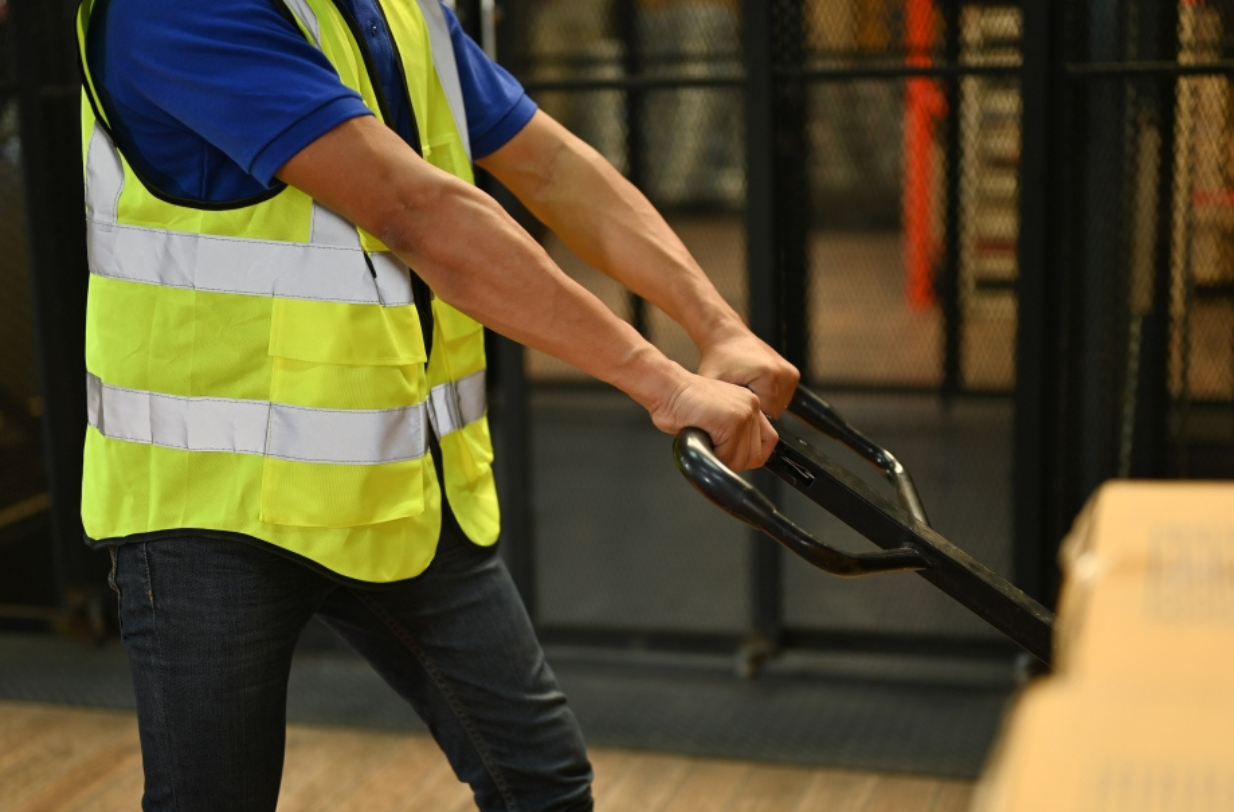Why Are Ergonomic Casters Important
A lot of people don’t think twice about the kind of casters they use as long as they work. However, ergonomics is crucial to many caster and wheel applications. By utilizing ergonomic casters, your business,… Why Are Ergonomic Casters Important
